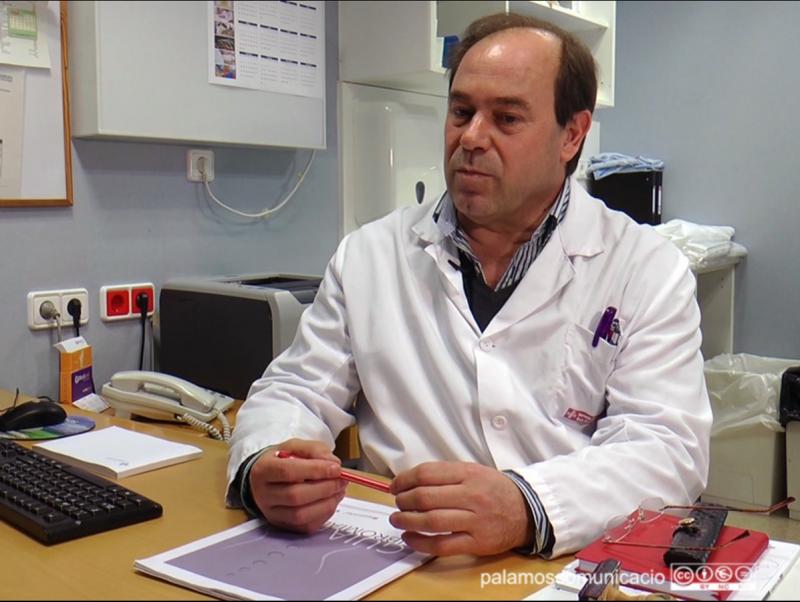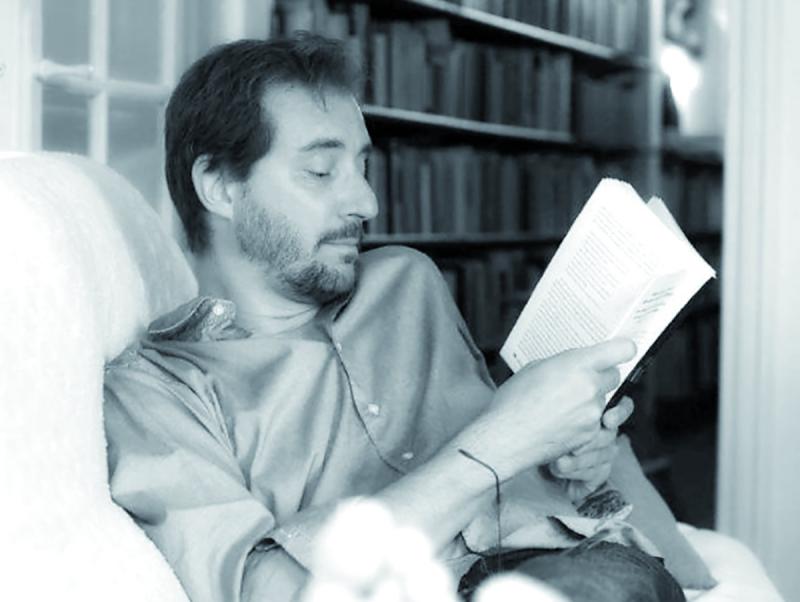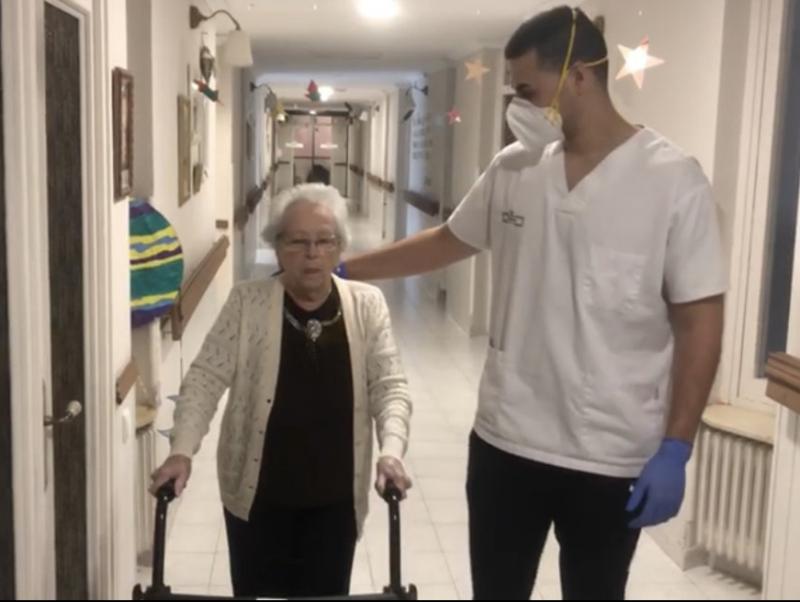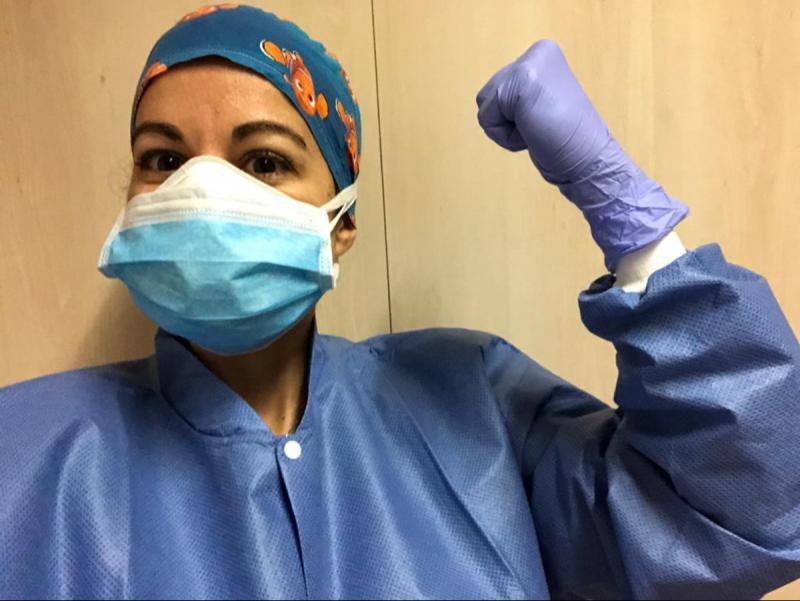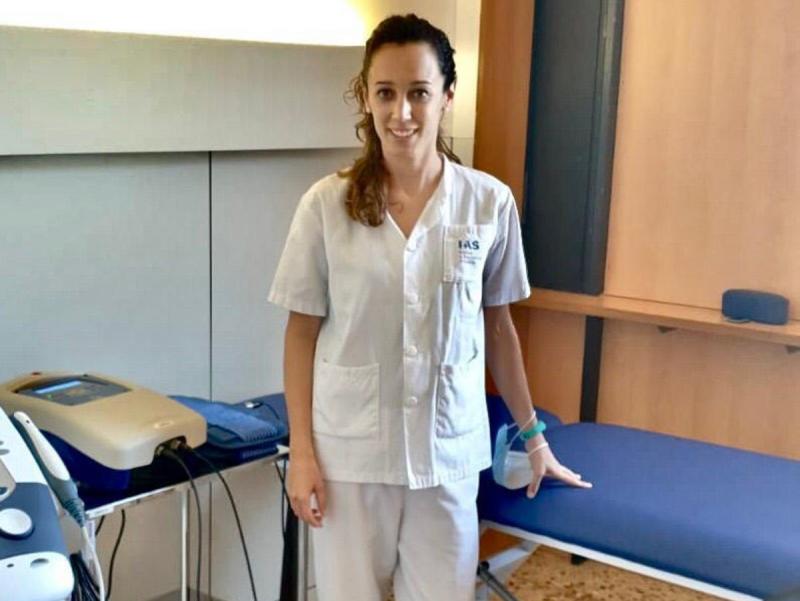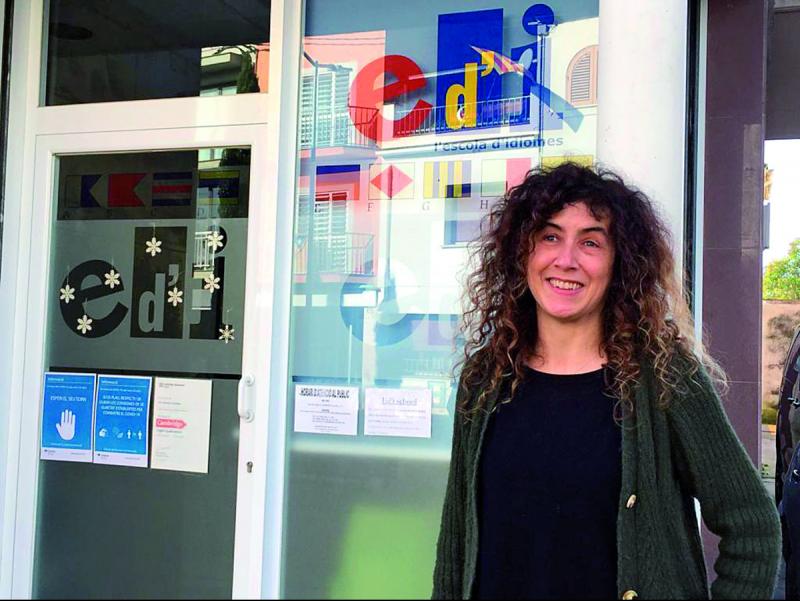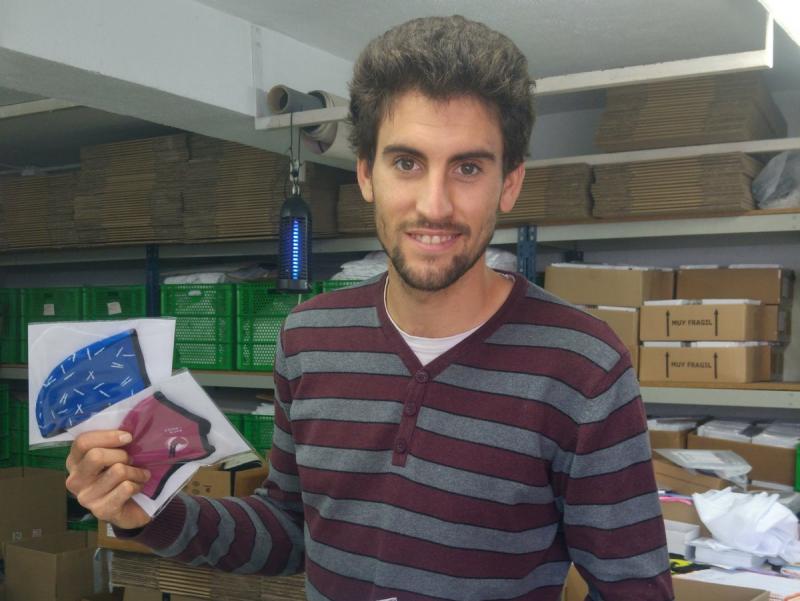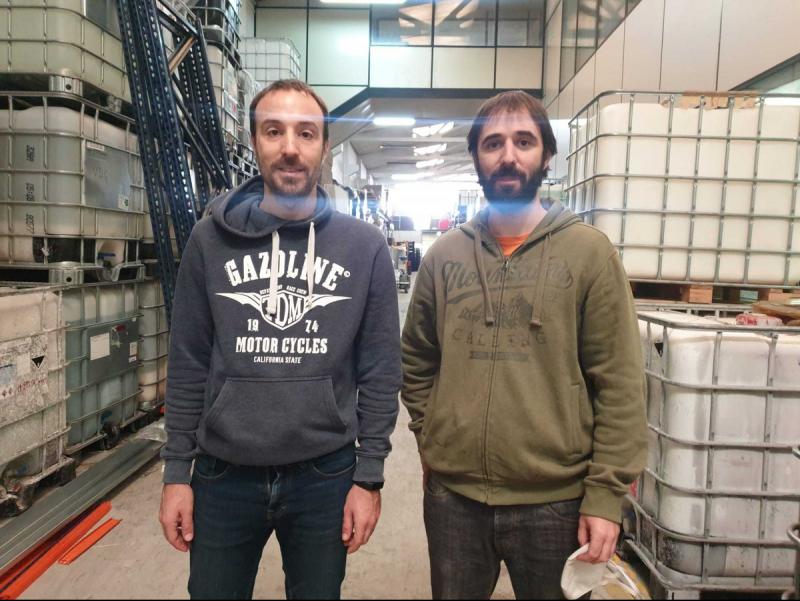News
Sílvia Esteve
“We know this is not a normal school year”
ATTENDANCE IN PERSON “Pupils don’t want to stay at home, they need to come to school”
What was it like at the school in the early days of the pandemic?
March 12 is a day we will always remember. We were told that when school was over, everyone had to go home. At first we thought the lockdown would last a fortnight, but when we saw that it was going to last for a long time we started thinking about how to get organised to do online classes. It was chaos, we didn’t know what methodology we had to use, we had to get our act together and quickly.
What were the main problems in the race to do everything virtually?
There were pupils with no equipment or connection. It was time consuming to do the count, find the families, and do the paperwork so they could get a computer. It was long and complicated, but I didn’t experience it personally because my pupils had tablets, their parents’ computers or even mobile phones, and they were able to connect. The biggest problems with accessibility are usually in ESO, because there are families without resources who do not let you know because they’re embarrassed or because they’re not connected and don’t get the information.
Coordinating everything must be complicated...
That was next, making balanced schedules that didn’t overlap. Pupils could find themselves in up to six video conferences in one day and then none the next. And with four videoconferences in a row you’re already exhausted. But based on trial and error, the teachers got organised. The next problem was whether the pupils connected or not, if they show that they are plugged in but are actually falling asleep, if they say the microphone isn’t working but you see that they are playing... We went as far as we could. We maintained an ongoing assessment, but it is clear that knowledge gaps were left.
How did you approach the start of the school year?
We knew that it wouldn’t be normal. In my case, I didn’t disconnect too much in the summer, because I had contact with the pupils doing the university entrance exam almost until the end of July. It was August and in September we learnt that work had been done at the school to put up partitions and make bigger classes, to separate groups, to put markings on the floor... We knew things would be different but 100% in person. We did the first teachers’ meeting, and in the next one, two weeks later, we were told it had to be online. Until mid-November, most classes were half face-to-face and half virtual, although some have been kept 100% face-to-face. But always with all the safety measures, distancing, masks, hand sanitiser... We have to keep insisting that they comply with the measures, but in general I don’t think we’ve had too many infections. The most common thing has been to have a confined pupil because they had been to some family gathering with someone who was positive. The good part about all this drama is that from the beginning of the school year we put together alternatives for online classes for both groups and individual pupils.
Is it hard to manage the uncertainty?
It is very stressful and distressing. You look at the diary and you have to go over who you are teaching and who is virtual. What we had to do is come up with rules for video conferencing because, as I said, there is always that pupil who doesn’t connect the camera, the one in pyjamas, the one lying in bed... And you are always worried about the technology failing.
How are the pupils handling it?
They are at a loss, like everyone else in general. But it must be said that most people don’t like staying at home. They prefer to come to school, they need to be close to their classmates and teachers. And I’d say that everyone is confused because, in general, I think everything is quite improvised. No clear guidelines are given. An example was the issue of PCRs, when it was proposed that teachers supervise them... It was outrageous and the teaching community refused as one.
Related news
Leave a comment
Sign in.
Sign in if you are already a verified reader.
I want to become verified reader.
To leave comments on the website you must be a verified reader.
Note: To leave comments on the website you must be a verified reader and accept the conditions of use.


